Letter of Intent Template for Grant Applications
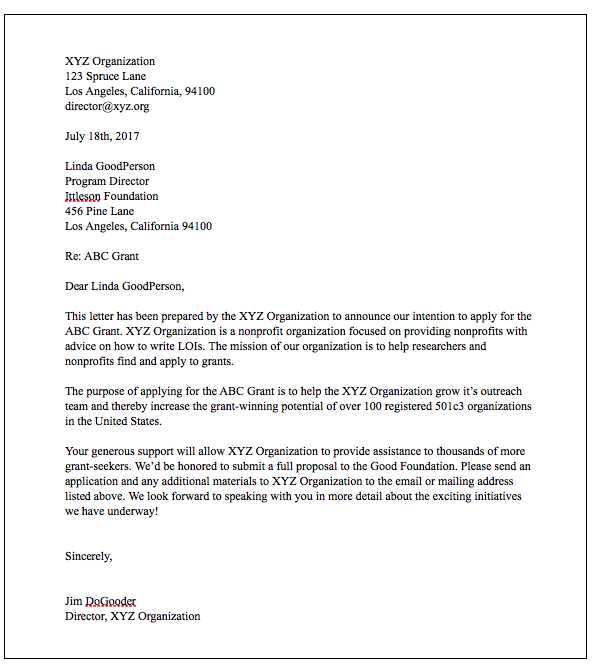
When seeking financial support for a project, a well-crafted preliminary document plays a key role in laying the groundwork for a formal application. This essential piece of correspondence serves as an initial communication between the applicant and potential funders. It offers a clear outline of the project’s objectives, its significance, and how the proposed work aligns with the funder’s priorities.
Crafting this initial submission requires careful consideration, as it must present a concise yet compelling case for why the project deserves attention and funding. A strong proposal introduction establishes trust and provides the necessary background information that will encourage the reader to explore the details further. By effectively articulating the project’s vision and goals, it can set the stage for a more detailed conversation and increase the chances of success in securing support.
Mastering this communication is vital to navigating the complex process of obtaining resources, as it bridges the gap between a great idea and the means to bring it to life. Whether you’re applying for local, national, or international funding, understanding how to properly structure this initial message is essential for maximizing impact.
Understanding the Purpose of a Funding Proposal Introduction
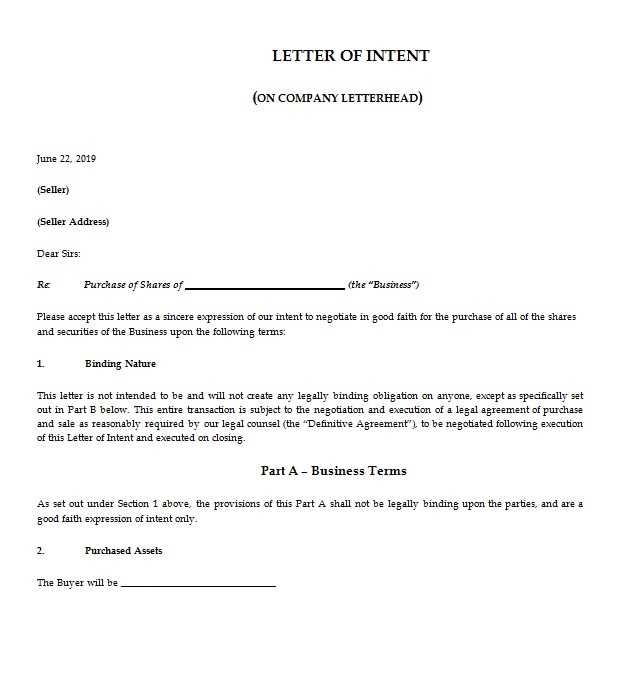
In the world of financial support, the initial submission serves as a critical first step in building a relationship with potential sponsors. This document is not only an introduction to your project but also an opportunity to create a positive first impression. It briefly conveys your project’s purpose, goals, and alignment with the funding organization’s interests.
The primary aim of this document is to spark interest and initiate a dialogue. It allows funders to quickly understand the essence of your proposal and decide whether it merits further consideration. While the detailed aspects of the project will come later, this initial communication provides a snapshot of the project’s viability and relevance.
More than just an introduction, it serves as a way to demonstrate professionalism and preparedness. A well-constructed submission sets the tone for future interactions, showing that you respect the funder’s time and are serious about the proposal. Ultimately, its purpose is to open the door to further discussions and, ideally, move the project forward in the funding process.
How to Draft a Letter of Intent
Creating a formal document to express your interest in collaboration or partnership involves outlining your objectives, intentions, and expectations. This communication aims to clearly state your purpose, while maintaining professionalism and clarity. The following steps will guide you in crafting a structured message that reflects your goals effectively.
- Introduction
Begin by introducing yourself or your organization. Specify the reason for the correspondence and provide a brief overview of what you hope to achieve through the agreement. This section should give the recipient a clear understanding of your purpose right from the start. - Outline the Objectives
Clearly define the main goals or aspirations you have for the proposed engagement. This should be concise but detailed enough for the reader to grasp your expectations. - Detail the Scope
Explain the key aspects of the potential collaboration. Discuss any necessary timelines, resources, and specific terms that would define the scope of the agreement. Make sure to cover both your responsibilities and the expectations you have from the other party. - Express Commitment
Demonstrate your commitment to moving forward with the project. Show that you are serious about pursuing the arrangement and ready to invest the necessary time and resources. - Conclude Professionally
End with a polite closing statement, reaffirming your interest in discussing the matter further. Include a call to action, such as requesting a meeting or further communication to solidify the next steps.
By following these key steps, you will ensure your message is clear, professional, and effective in communicating your interest and expectations.
Common Mistakes to Avoid in LOI
When drafting an official document to convey your interest and plans, it is essential to avoid certain pitfalls that can undermine the professionalism and clarity of your message. These common errors can lead to misunderstandings, missed opportunities, or confusion about your intentions. By being mindful of these issues, you can ensure that your communication is effective and well-received.
| Mistake | Explanation | How to Avoid |
|---|---|---|
| Vague Language | Using unclear or ambiguous terms can confuse the recipient about your goals. | Be specific about your intentions and provide concrete details regarding the objectives. |
| Overly Complex Structure | Long-winded sentences or overly complicated paragraphs can make the document difficult to follow. | Keep your message clear and concise, using simple language to convey your ideas. |
| Failure to Outline Expectations | Not addressing the roles, responsibilities, or terms can leave the other party uncertain about what is expected. | Clearly define the terms and outline the expectations for both sides. |
| Lack of Personalization | Using generic or impersonal phrasing can make your document seem less sincere. | Tailor the document to the recipient, addressing specific needs and showing genuine interest. |
| Missing a Clear Call to Action | Failing to provide clear next steps can result in confusion or a lack of response. | End with a direct call to action, such as requesting a meeting or further conversation. |
By avoiding these common mistakes, you will increase the likelihood of your communication being taken seriously and moving forward smoothly.
Tips for Writing an Effective LOI
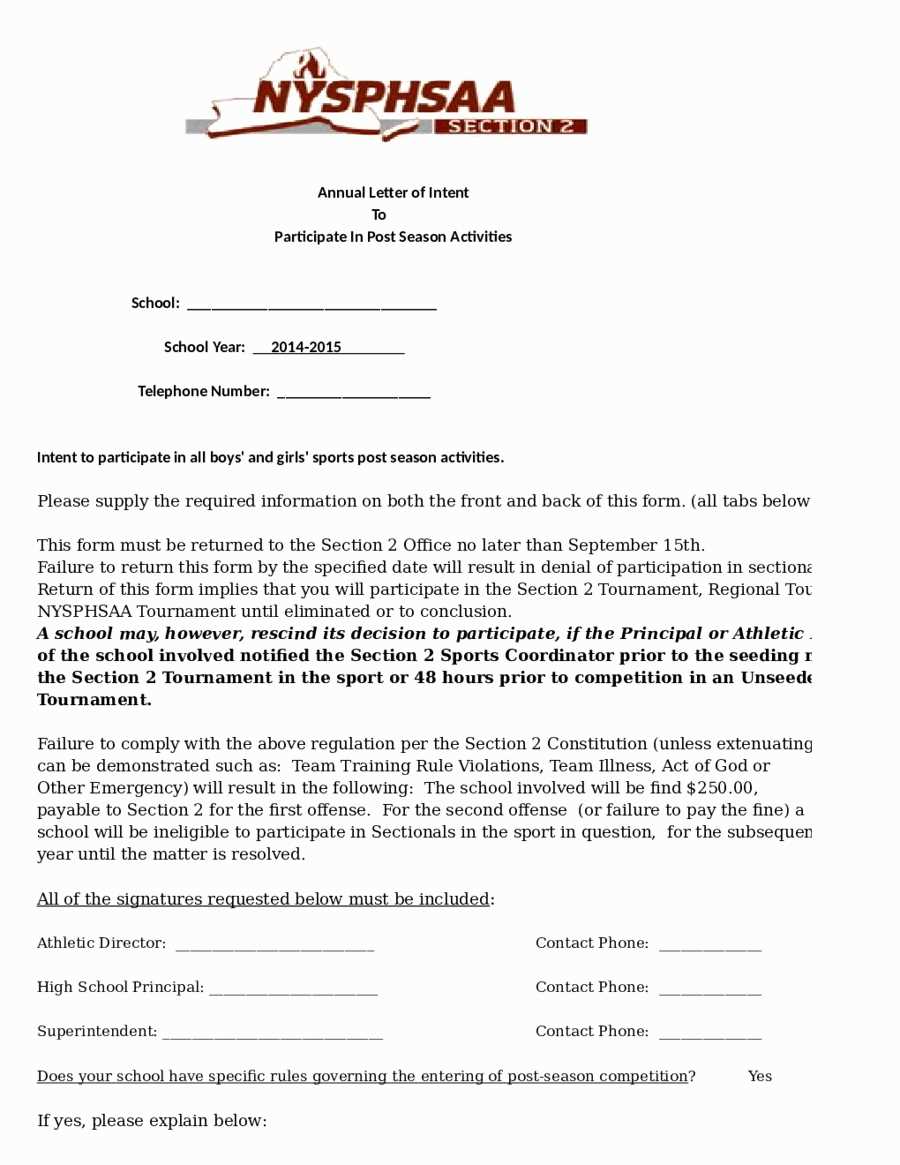
To craft a strong and convincing formal message expressing your interest, it is important to focus on clarity, professionalism, and a structured approach. A well-written document not only conveys your objectives but also leaves a positive impression on the reader. Here are some helpful tips to ensure your communication is both compelling and effective.
- Be Clear and Specific
Avoid vagueness. Clearly outline the purpose of your communication, the desired outcome, and any important details regarding your expectations. A specific approach helps the recipient understand your goals. - Maintain a Professional Tone
The tone of your message should be formal and respectful. Keep it business-like without being too stiff or impersonal. A friendly yet professional tone will establish a good rapport. - Keep It Concise
Respect the reader’s time by being direct and to the point. Avoid unnecessary fluff and irrelevant details that could detract from the main message. A concise document is more likely to be read and acted upon. - Highlight Mutual Benefits
Demonstrate how the potential collaboration or partnership can be beneficial for both parties. Show that you are focused not only on your own goals but also on how the other party can benefit from the arrangement. - Proofread Before Sending
Before submitting, take the time to review your work for errors in grammar, spelling, or structure. A well-edited message reflects professionalism and attention to detail.
By following these tips, you can create a document that is persuasive, clear, and effective in conveying your objectives while maintaining a professional image.
Why LOIs Are Crucial for Grant Applications
In the process of applying for funding opportunities, an official communication outlining your objectives and plans plays a key role. This document serves as an introduction to your proposal and offers a concise overview of what you aim to achieve, establishing the foundation for a successful application. Understanding why this step is so essential can increase your chances of securing support.
Initial Screening and Clarity
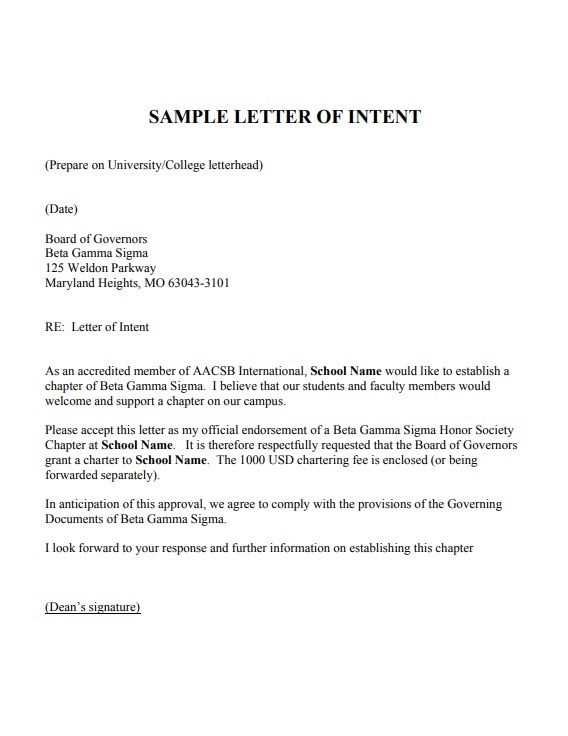
This document allows funding organizations to quickly assess whether your project aligns with their priorities. By clearly expressing your goals and the project’s scope, you save both your time and the organization’s by ensuring that your proposal meets their specific requirements. A well-crafted message demonstrates your professionalism and commitment to the project.
Building Trust and Engagement
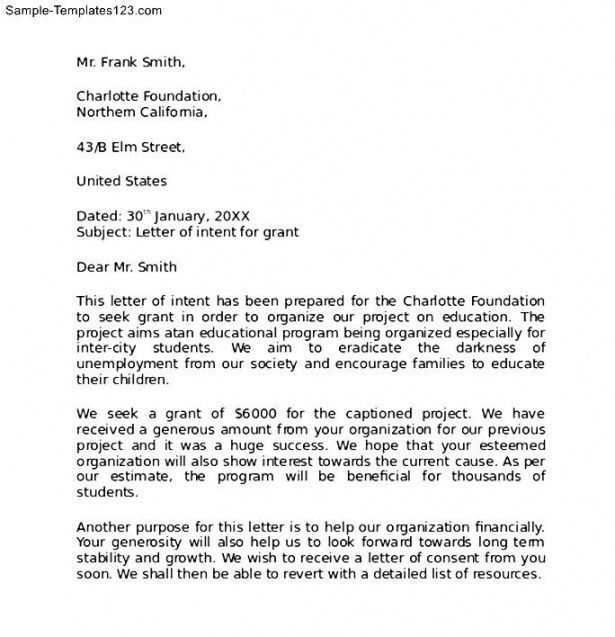
Sending this communication helps build a connection with the potential funder. It signals your seriousness and creates an opportunity for them to ask questions or request additional information before you submit the full application. This proactive approach shows that you are engaged and prepared, fostering a sense of trust between you and the organization.